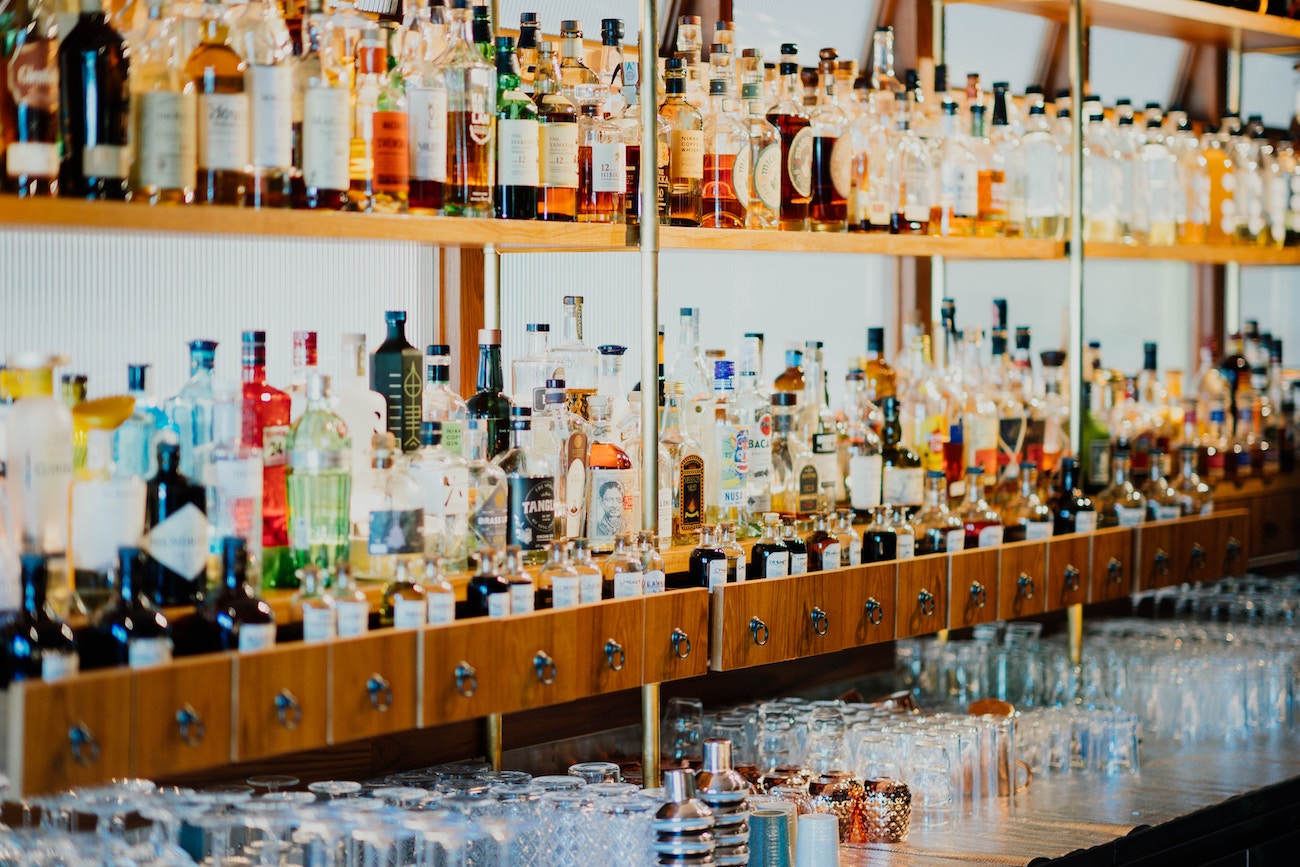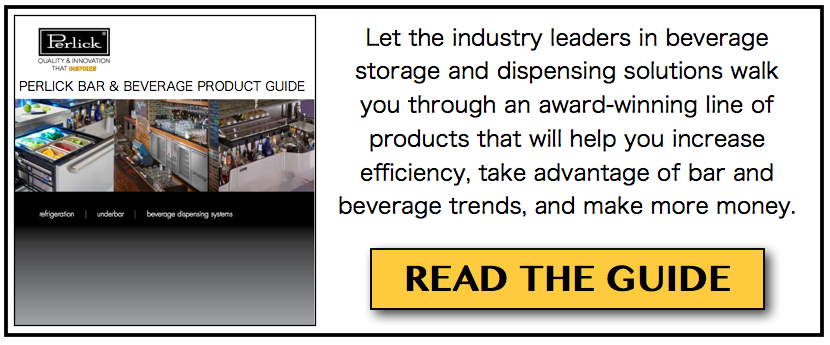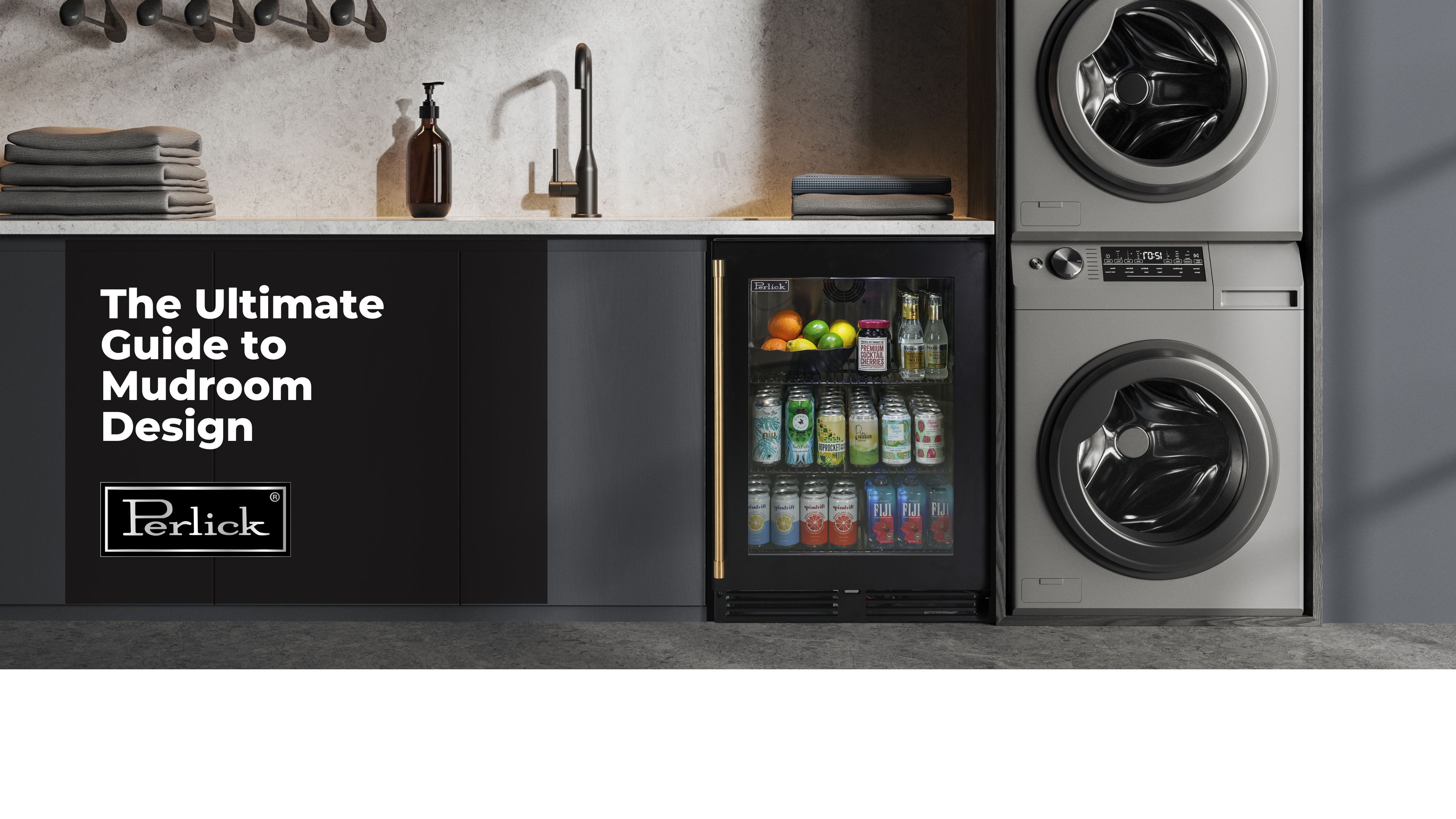Bars are the profit center of many foodservice operations, but if that bar is not well stocked, the profits will likely not be as high as they could. Like the back-of-the-house, bars require a wide range of ingredients that need to be available as quickly as possible to those tending the bar. But stocking your bar involves more than just taking inventory.
Here are some ways to plan for success when placing orders and stocking your bar:
Track Your Inventory Scrupulously
It's vital to pay keen attention to your beverage inventory throughout the life of your business. Buying too much can lead to wasted expenses, while having too little inventory stocked may result in customers not receiving what they want. Damaged products, loss, and even theft can all cause beverage inventory to fluctuate. And without inventory records, operators won't know how much of a particular product is on-hand at any given time.
While some bar owners choose to track their inventory using pen and paper, using inventory software can offer easier and more reliable results. Inventory software allows operators to easily track supply levels over time, and many programs provide order tracking and invoicing, as well. This makes it easier to manage the business end of the inventory.
Diversify Your Offerings
When it comes to a multi-ingredient cocktail like a Long Island Iced Tea, do you really need the top-dollar spirits, or will the lower-cost options work? This can impact the bottom line.
Industry experts rank liquor quality according to a four-tier system. "Well" liquors are the lowest quality, yet still make a great choice for mixed drinks. Next, come the so-called "call" liquors — medium-priced brands that customers specify by name. Jim Beam or Jack Daniels, for instance, fall into this category. Finally, there are the premium and superpremium liquors, which have a far higher quality yet don't get ordered as often.
Stay on Top of the Trends
Bar owners that stay in close contact with their local distributors can take advantage of promotions or discounted prices, and stay informed about new products. In addition, operators should pay attention to industry publications and trusted websites that provide up-to-date information about drink trends and consumer drinking habits. Beverages, and especially liquors, will inevitably go through popularity trends. Your best selling cocktail now may be a thing of the past in six months, and it's important for your inventory to be ready to capitalize on the next trend.
Invest in Quality Bar Equipment
Owners should also realize that the equipment used in the bar can also play a key role in cost. Without reliable refrigeration and a beer system that can maintain certain temperature levels, kegged beer may not last as long or it might be poured down the drain as foam. Vermouth is another example. If it's not stored properly, it can go bad and lead directly to wasted profits.
Your beverage inventory is designed for your bar, so shouldn't your bar design be custom-fit too?
Perlick specializes in creating custom bar layouts designed to maximize efficiency, productivity, and return on investment. Think a custom design might be right for your operation? Perlick's experts are available to help identify the bar and beverage equipment solutions to make the most out of your inventory.
Click below to read the latest version of our Bar and Beverage Guide, and if you're ready to speak with us about taking your bar to new heights, contact our experts here.








